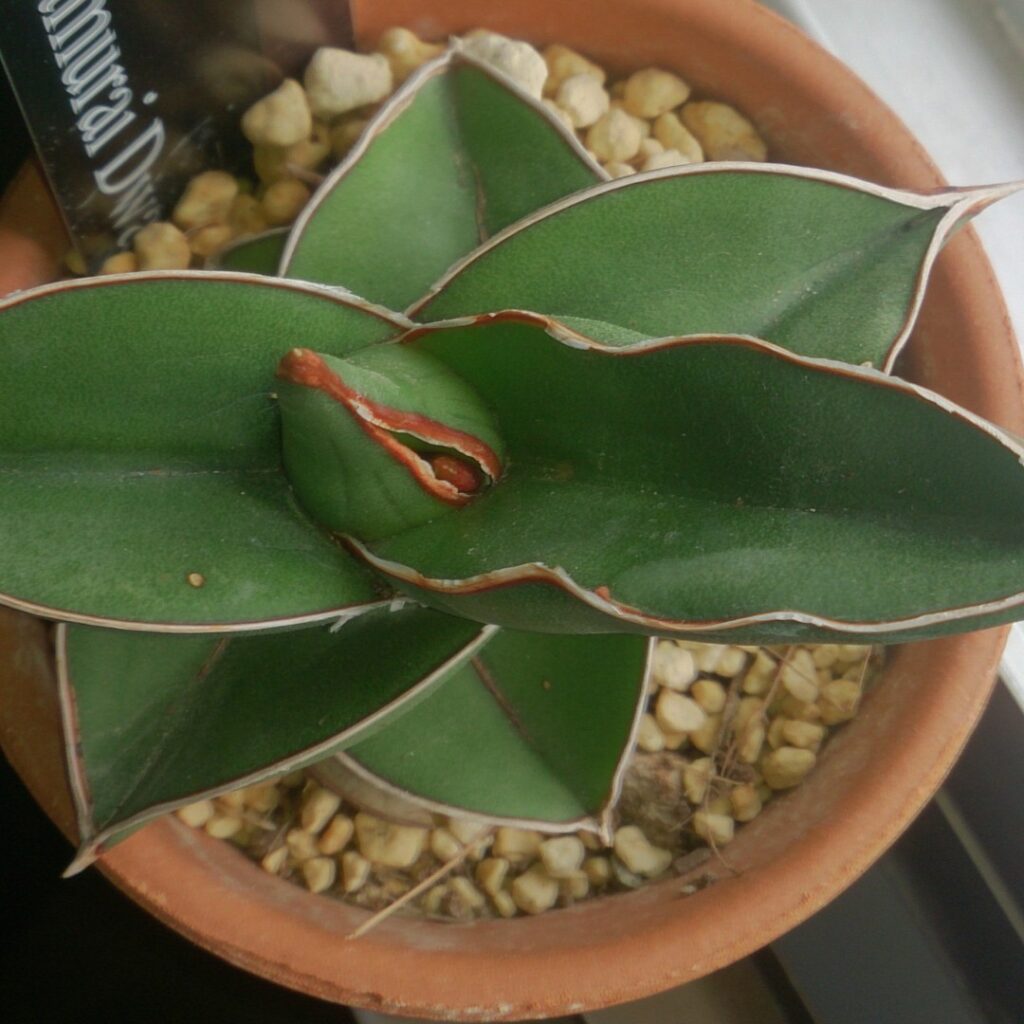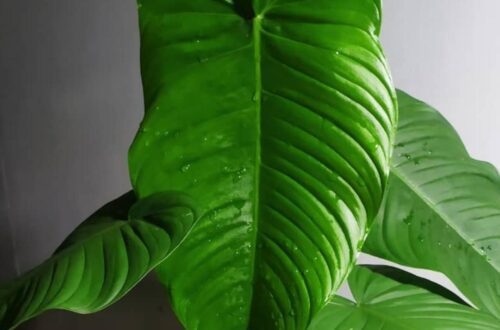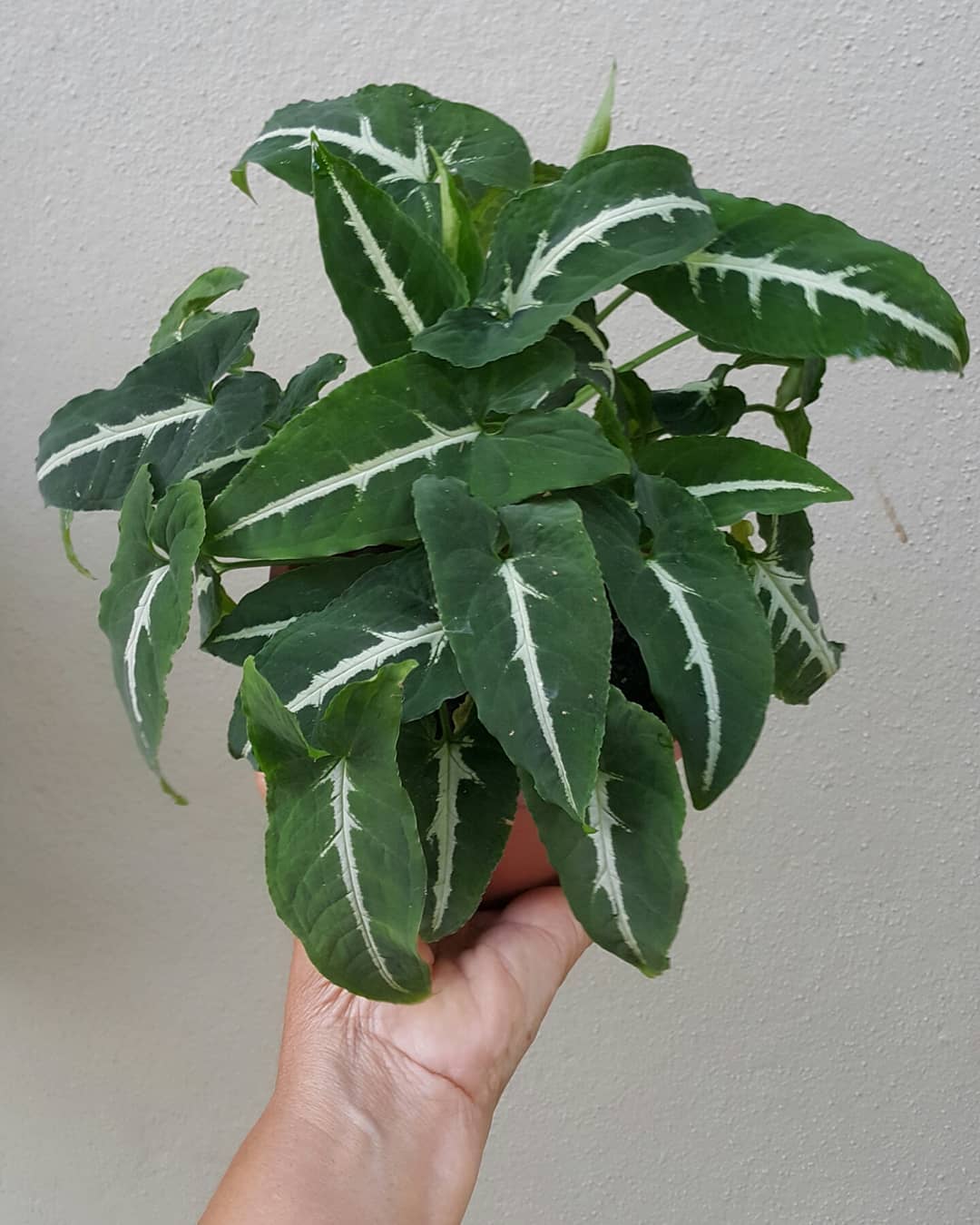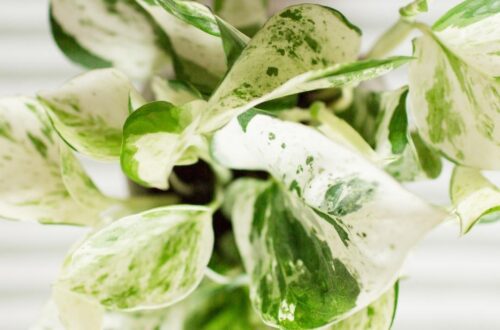
Sansevieria Samurai
Welcome to our guide to the Sansevieria Samurai, covering all you need to know about care and propagation…
Sansevieria Samurai Care Summary
| Light needs: | Bright indirect sunlight, some direct. |
| Watering needs: | Check soil weekly, only water if soil is completely dry. |
| Fertilizer: | A balanced feed monthly in summer. |
| Soil: | A cactus and succulent compost. |
| Humidity: | 40%. |
| Temperature: | 18-28°C (64-82°F). |
| Where to buy: | Try our list of Rare Plant Shops. |
| Other names: | Sansevieria ehrenbergii dwarf, dracaena hanningtonii |
| Common issues: | Overwatering leading to root rot and mushy leaves. |
Introduction
The Sansevieria Samurai aka the sansevieria ehrenbergii aka dracaena hanningtonii is known for it’s sword-like leaves and also has a smaller ‘dwarf’ cultivar too which is becoming increasingly popular, although it is still relatively rare to find.
See also: Trachyandra Tortilis, Dracaena Compacta (Dracaena Janet Craig), Tigers Jaw Succulent, Sansevieria Fernwood.
Light Needs
They like bright indirect sunlight, and can tolerate some early morning direct sun too.
How Often To Water Sansevieria Samurai
They need to be watered when they dry out. Check the soil each week but only water it if the soil is dry from the top all the way down.
Tip: make sure you do not water the plant until the soil is completely dry all the way down, as the biggest killer of succulents is root rot. Pay special attention when the temperatures drop and the end of summer as the soil may still be wet because the plant needs less water when it is colder. If in doubt, underwater it!
Fertilizer
They don’t need feeding, but you can give them a balanced feed every month or so in the summer to encourage growth.
Soil
Use a cactus and succulent compost. They like to be really well draining, and should not be allowed to sit in soggy soil. See our guide to making your own here: Succulent Soil.
When to Repot Sansevieria Samurai
They won’t need to be repotted each year, but it is worth checking the roots each year to be sure and potting them up a size if needed.
Humidity
40% is ok, they do not need any extra humidity, they like dry air.
Temperature
Aim for 18-28°C (64-82°F) in the day and above 10°C (50°F) at night.
How to Propagate Sansevieria Samurai
The best way to propagate is by taking off one of the leaves and cutting it into inch (3cm) long segments. Use a pen to mark which way up they are as they must be planted the same way they were on the plant. Let them callous over for a couple of days until the wounds are totally sealed. Then put them in a cup of water the same way up they were on the plant, making sure the water level comes up about halfway up the cuttings. They will take a couple of months to root, then you can plant them in a cactus and succulent soil.
See also: Succulent Propagation (with pictures).
Is It Toxic To Cats?
They are toxic to dogs and cats if eaten, and can cause problems including vomiting. Seek vets advice immediately if you think your pet has eaten any.
Sansevieria Samurai Dwarf
The Sansevieria Samurai Dwarf is smaller cultivar of the Sansevieria Samurai.
Sansevieria Pinguicula Vs Samurai
The dracaena pinguicula (aka the sansevieria pinguicula) is really similar to the samurai, but the pinguicula has more cylindrical leaves.
Other Names
Sansevieria ehrenbergii dwarf, dracaena hanningtonii
Where To Buy
Try our list of Rare Plant Shops.
FAQs and Common Problems
You must be careful of overwatering which leads to to issues like root rot and mushy leaves. When it gets colder they will need much less water, so check the soil first before watering every time.
Other Articles You Might Like
There you have it, here ends our guide to this beautiful plant. You might also like our other articles:
Trachyandra Tortilis, Dracaena Compacta (Dracaena Janet Craig), Tigers Jaw Succulent, Sansevieria Fernwood.
Please follow us on Instagram and Pinterest for regular plant updates and occasional plant giveaways.





